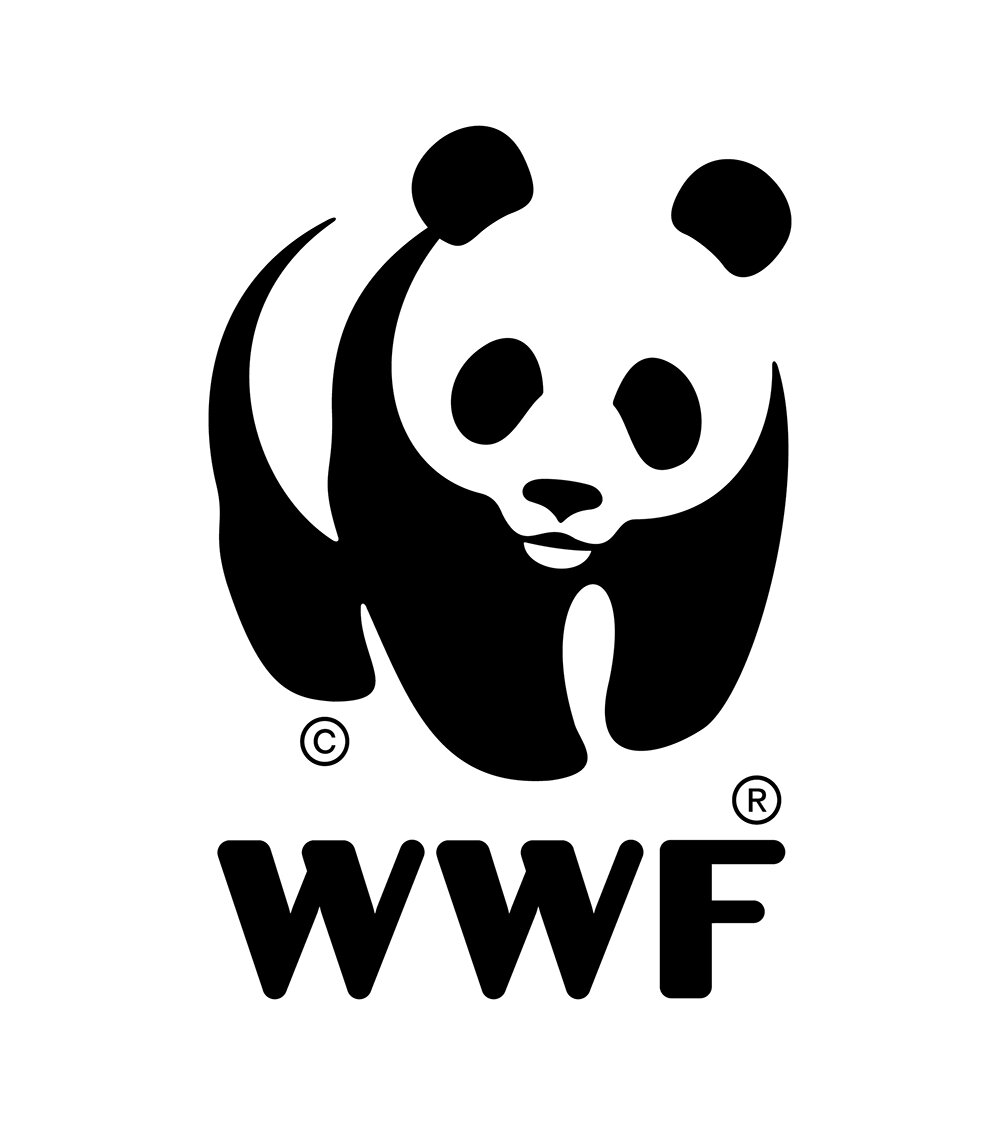Protecting the next generation of whales starts here
14 February 2025
Humpback whales in a heat run, with six males competing for the attention of a female that already has a calf. Vava'u, Tonga, 2016. © Tony Wu / naturepl.com
Tropical, sheltered waters are the perfect place for humpbacks to breed and raise their vulnerable calves. But mothers and their babies will soon set off on a perilous journey
In the frothing water is a tangle of whales. A female leads the chase with her main male escort close behind. As other males speed along, changing directions and smashing into their rivals to keep up, it’s almost impossible to tell one writhing body from another.
“They go at it for hours, and even days,” says Dr. Natalia Botero-Acosta, a humpback whale expert at University of California Santa Cruz and a director of the Macuáticos Colombia Foundation.
In this dramatic spectacle—known as a competitive group—male humpback whales come together, all vying to mate with one female.
“It gets really intense,” says Botero-Acosta, who has watched as many as 25 males brutally compete. “You see whales with injuries, bleeding, and with exposed tissues.”
Left: A competitive group of male humpbacks vying for a female in the Gulf of Tribuga, Colombia © Macuáticos Colombia Foundation | Right: Male humpback with injuries visible on his tubercles during the mating season in the Gulf of Tribuga, Colombia © Macuáticos Colombia Foundation
From fire to ice, and back again
This harsh contest is a key part of a humpback’s annual cycle between their tropical breeding and polar feeding grounds, and back again. “Everything they do is in tune with migration,” she says.
After mating in tropical waters—in this case, the Tribugá Gulf in the Colombian Pacific, an important breeding area that Botero-Acosta has been monitoring since 2010—the whales gradually return to their feeding grounds. For this population, that’s the Antarctic Peninsula.
They fatten up in Antarctica, and head back to the tropics to mate again and for pregnant females to give birth. From the moment the calf is born, the humpback is already able to swim, but it will still rely on its mother for the first year of its life.
A humpback “spyhopping” (poking its head) above the surface in the Gulf of Tribuga, Colombia © Macuáticos Colombia Foundation
These warm, sheltered waters give each new mother a safe space to care for and bond with her newborn. The pair whispers to each other, to keep out of predators’ earshot, and the baby makes little burps, barks, and snorts to beg for mum’s milk.
After a couple of months, each baby has gained enough strength to accompany its mother the thousands of miles back to the feeding grounds. And so, the year-long cycle continues. The mother then brings her youngster all the way back to the tropics to teach it the entirety of the migratory path before leaving it to fend for itself – around a year after its birth, and back in the same breeding grounds it was born in, the young whale is ready to become independent.
Singing whales - but it’s not just love songs
Spectrogram of a whale song and a passing boat recorded in the Gulf of Tribuga, Colombia (2019). © PHySIC (the Ports, Humpbacks y Sound in Colombia Project)
During these epic journeys, as well as at their feeding and breeding habitats, humpbacks communicate with each other through song. “We used to think the male was only singing in the breeding grounds,” says Dr. Christina Perazio, a whale song expert at the University at Buffalo, State University of New York. “We’re learning that they sing on the feeding grounds and along migration routes all across the globe… they're singing everywhere!”
Some say these intricate melodies are “like a peacock’s tail—the fancier it is, the more the females are attracted to it,” she says.
The trouble with this theory, she says, is that there isn’t much data backing it up. As the singers are sometimes joined by other males, some question whether it could be a way to summon competitive groups.
Scientists have also suggested song is a type of sonar that helps whales sense their surroundings or—a hypothesis that Botero-Acosta “really like[s], but is almost impossible to gather evidence on”—a way to promote ovulation. In other animals, like deer, male displays can bring on ovulation. But could this also be true for whales – at this point, we don’t know.
DID YOU KNOW?
There are countless things we still don’t know about whale reproduction. Mating was first captured on camera only in 2012, and a 2024 report of penetration between two males raised more questions than it answered.
A humpback whale breaching the surface in the Gulf of Tribuga, Colombia © Macuáticos Colombia Foundation
Humpback songs can travel thousands of miles across the ocean but, like a game of Chinese whispers, the message is useless if the recipient cannot hear it correctly.
Human noise—from sonar, shipping, tourism vessels, construction, etc.—is dramatically changing whales’ acoustic environment, says Perazio. “We don't know how all these things impact their communication systems.”
Some whales get louder to be heard over anthropogenic noise—like shouting in a busy bar—but although humpbacks adjust the volume of their song for wind, they don’t for vessel noise. “Are they already maxed out and can’t get any louder?”, Perazio wonders.
Whatever the purpose of their song, “whales need sound to survive,” says Perazio. Whole populations could suffer if man-made noise pollution interferes with the whales’ communication.
A perilous journey
A humpback whale with visible injuries from entanglement spotted in the Gulf of Tribuga, Colombia © Madre Agua Colombia / Macuáticos Colombia Foundation
Humpbacks already face a barrage of threats on their journeys between breeding and feeding grounds. Even if they pass through some marine protected areas on the way, there are many regions where they risk getting hit by a cargo ship in a busy shipping lane, becoming entangled in fishing gear, or even being harassed by irresponsible whale watching vessels that don’t follow best practice guidelines. A sad example is a mother humpback that Botero-Acosta once tagged in Colombia, which was found, soon after, entangled in fishing gear in Peru.
Ecologically and acoustically pristine areas like the Colombian Pacific – where the population studied by Botero-Acosta breeds – give whales an opportunity to engage in activities that are crucial for their lifecycle, like breeding, nursing, and feeding, safely.
Left: Utría National Natural Park, Gulf of Tribuga, Colombia © Macuáticos Colombia Foundation | Right: Mangrove near Coquí in the Gulf of Tribuga, Colombia. © Macuáticos Colombia Foundation
But to be able to do that, whales need to be able to reach their critical habitats without harm in the first place. The Protecting Blue Corridors report by WWF and partners outlines the threats whales encounter on their migratory pathways, known as blue corridors, and highlights why safeguarding feeding and breeding grounds alone isn’t enough.
Each of the stages of a whale’s life cycle is interconnected and what happens in one part of the globe, may impact what happens with whales elsewhere. For example, researchers at University of California Santa Cruz and partner institutions discovered that when Antarctic feeding grounds have less ice in the winter, humpbacks will have less food, and as a result there will be fewer pregnancies the following year.
Sadly, due to the ever-growing threats and despite all the conservation efforts, six of the 13 great whale species are endangered or vulnerable to extinction. In the face of rapidly changing and increasing threats, local and international governments, scientists, NGOs, and industry stakeholders must work together to find effective protections. If we don’t want to lose these ocean giants forever, there is no time to waste.
Why the world needs whales
“We need whales to survive,” says Perazio. “It's a dangerous game to mess with their systems.”
A humpback whale mother breaching in the Gulf of Tribuga, Colombia © Macuáticos Colombia Foundation
It’s no secret that these gentle giants play a critical role in keeping the ocean healthy. Throughout their long lives, whales capture and store atmospheric carbon in their large bodies. Did you know that even whale poop is important and valuable? By swimming and pooping at the same time, whales help to move nutrients around our seas and oceans. Their iron-rich faeces help phytoplankton grow—and this microalgae produces over half of the world’s oxygen and captures approximately 60% of carbon dioxide.
Benefits that whales bring extend far beyond the ocean – they help us, humans, too. Coastal communities around the world rely on healthy oceans for food and livelihoods to support their families. Whale-watching is also a major part of coastal economies, bringing billions of dollars and generating thousands of jobs.
DID YOU KNOW?
As of 2009, the whale watching industry contributed over US$2 billion to the global economy while generating over 13,000 jobs. Nearly 13 million people around the world go whale watching every year!
Humpback whale mom with her calf, followed by “escort” - male humpbacks trying to mate with her © Macuáticos Colombia Foundation / Dr. Fredrick Christiansen
Before Colombia’s Tribugá Gulf opened up to tourism in the late 1980s and early 1990s, people in the area were afraid of whales, as Botero-Acosta revealed. They would call them ‘beasts’ and run home terrified if they happened to see one while out fishing. However, over the years, the researcher has seen that fear turn to curiosity, connection, and even pride in their ‘Colombian’ whales. But there are economic benefits too - as latest numbers and surveys suggest, (1) the whale watching eco-tourism in the Gulf of Tribugá generates at least US$835,000 each year. Whale watching has become a major driving force for the local economy, supporting community entrepreneurs, integrating this form of eco-tourism with other wildlife-focused tours (e.g. birdwatching, fishing), and supporting a network of at least 65 B&Bs (bed and breakfast), hostels, and hotels locally.
“There’s a common element,” Botero-Acosta says. “This area is an oasis for the whales and the community. They were both born safely here.”
References:
1) Latest data provided by a whale watching tourism monitoring project led by the Corporation for Excellence in Marine Sciences (CEMARIN @cemarin_org), Colombia's National University in Medellín (@unal_med), Macuáticos Colombia Foundation (@macuaticos) and R&E Ocean Community Conservation (@reoceancom).










